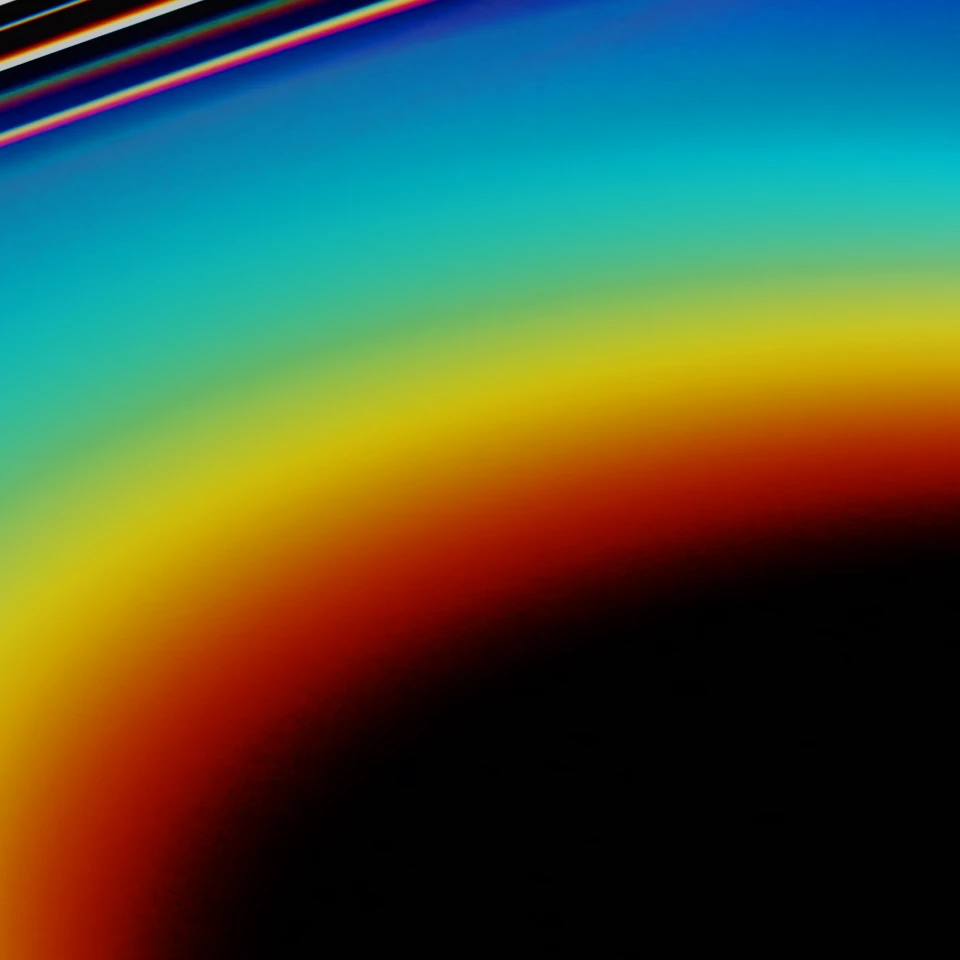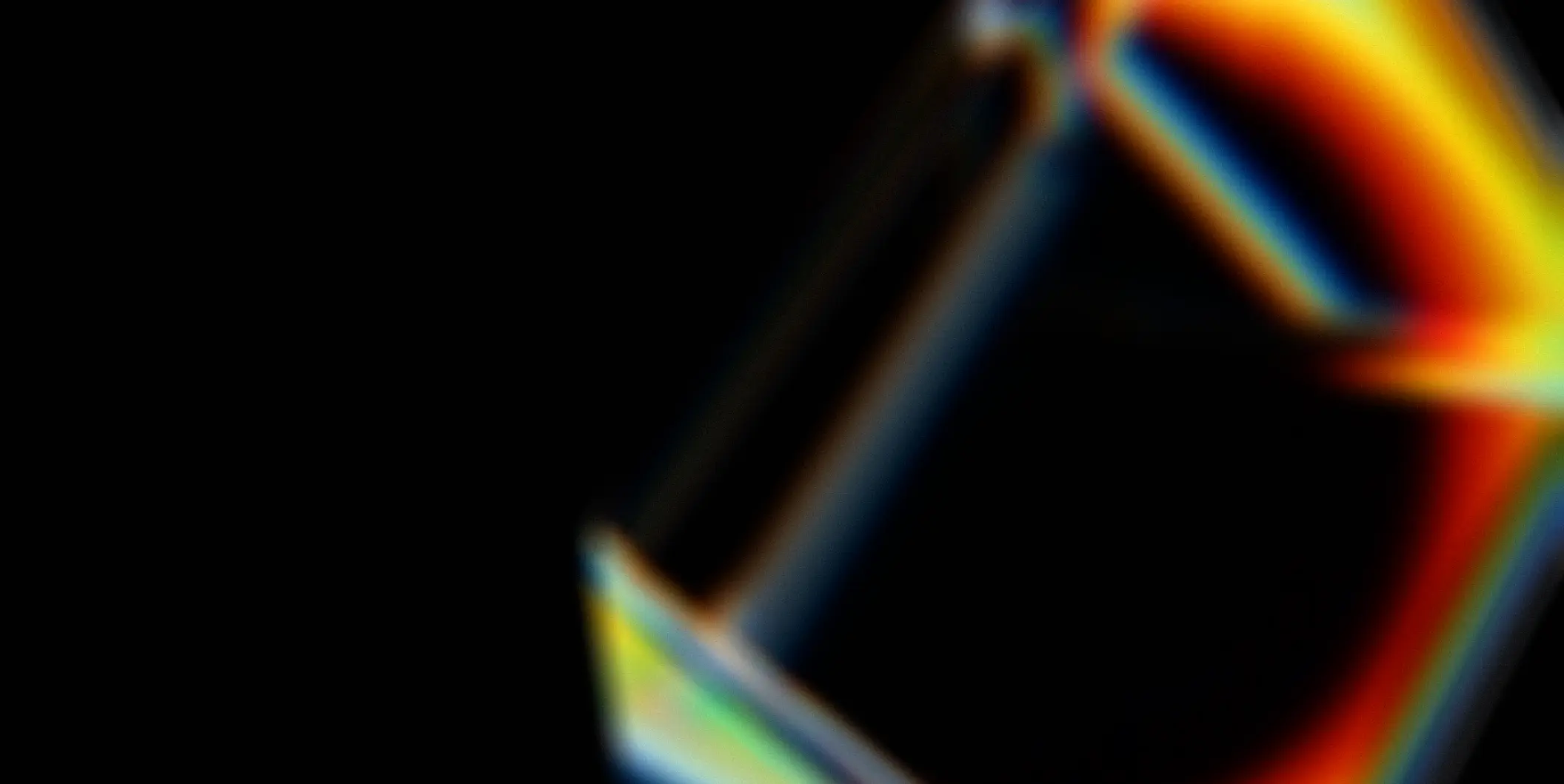Exploring the Terahertz Foundamental Principles & Frontiers
Candela Open Lectures
The Candela Foundation, in cooperation with local scientists, is organizing a series of lectures on the physics of fundamental principles and terahertz limits. The lectures will be given by eminent specialists, and will be addressed to male and female students, PhD students and young scientists from all over Poland and the World. The aim of the initiative is to impart the latest knowledge in optics and photonics. The meetings will be conducted in English, which will allow participants to not only broaden their language competence, but also to gain valuable skills.
Chairs of the series
-
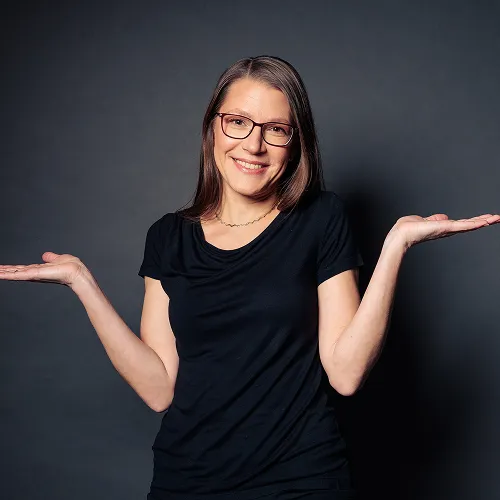
Agnieszka Siemion
Warsaw University of Technology
-
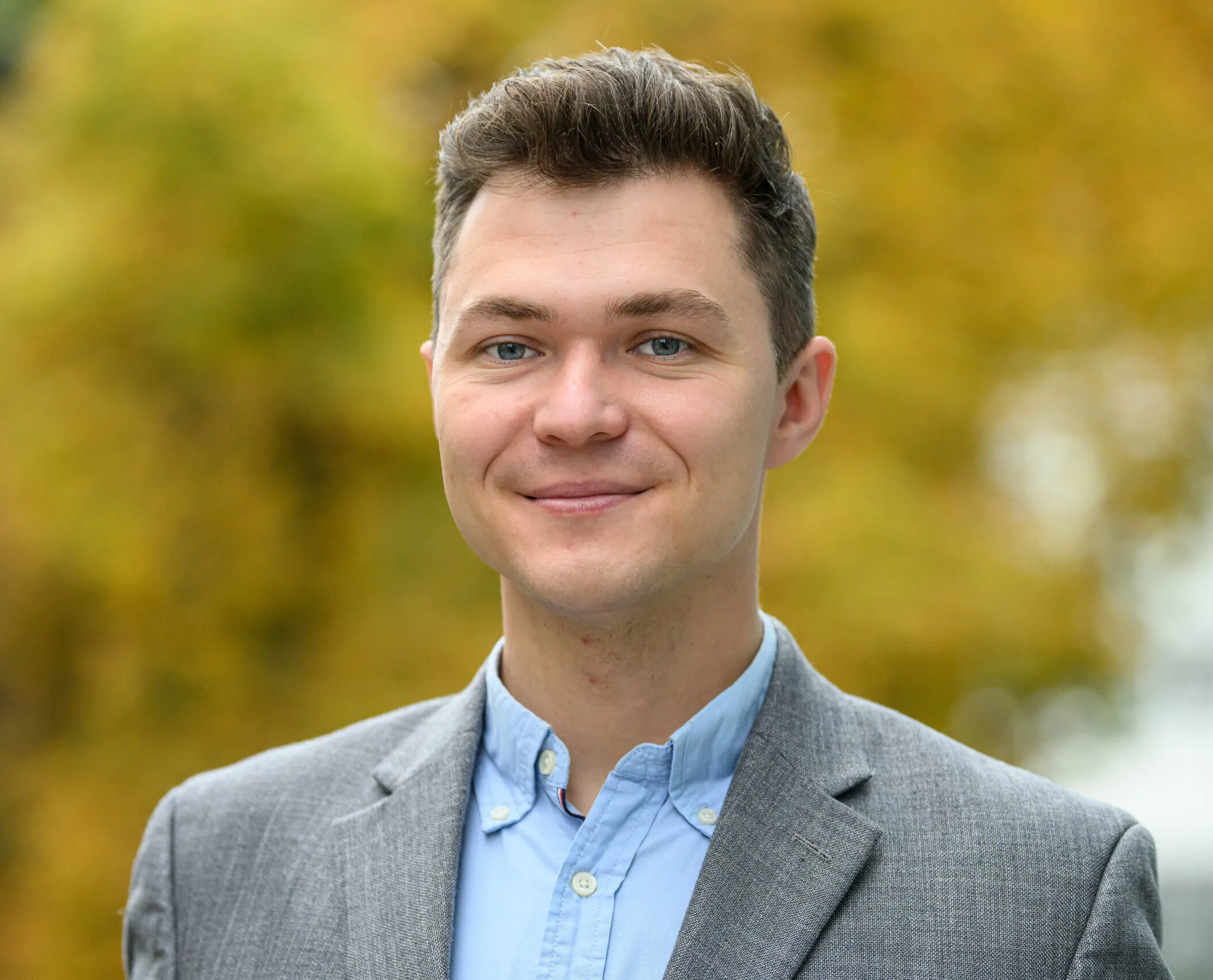
Łukasz Sterczewski
Wroclaw University of Technology
Speakers
-
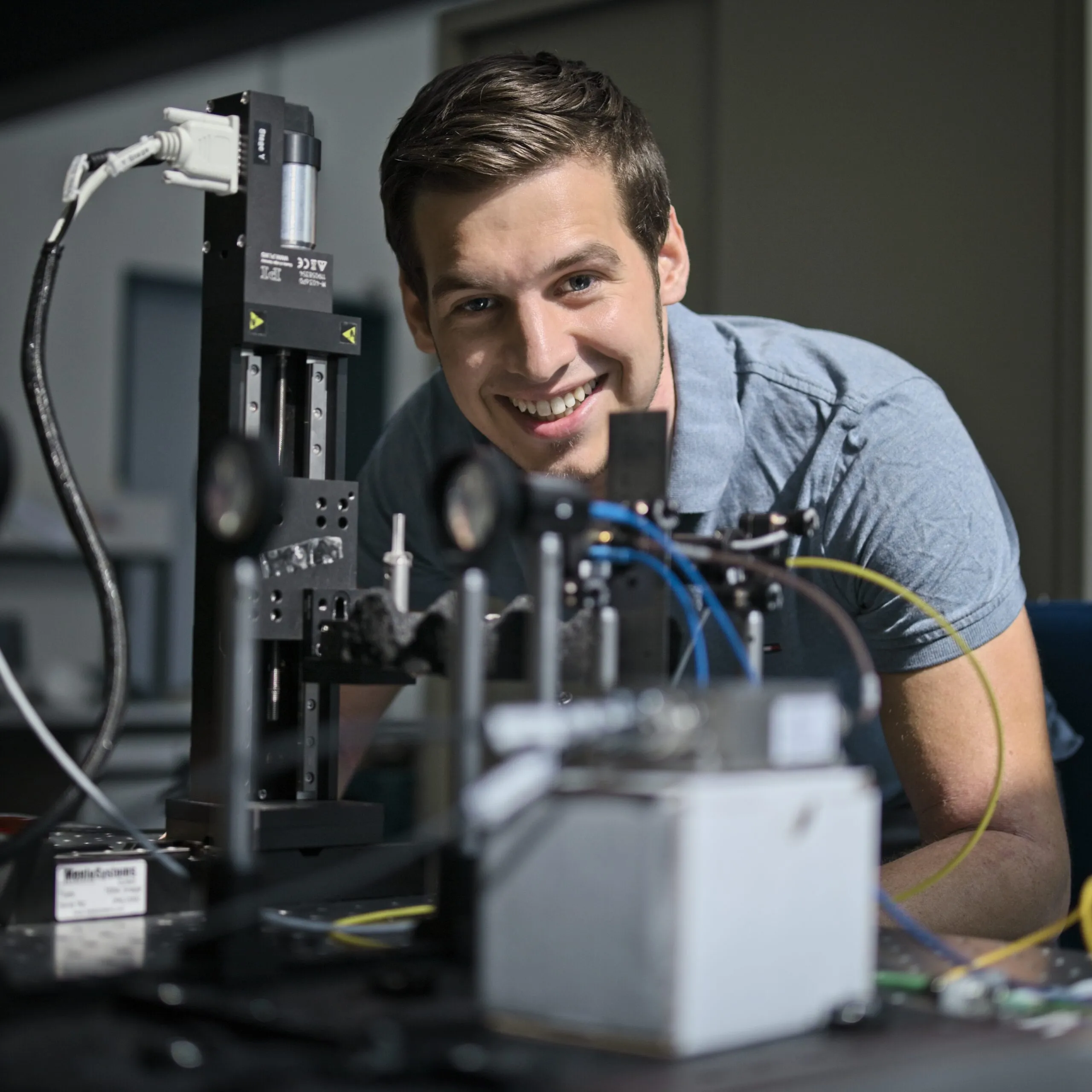
Kevin Kolpatzeck
University of Duisburg-Essen, Chair of Communication Systems
-

Łukasz Sterczewski
Wroclaw University of Technology
-
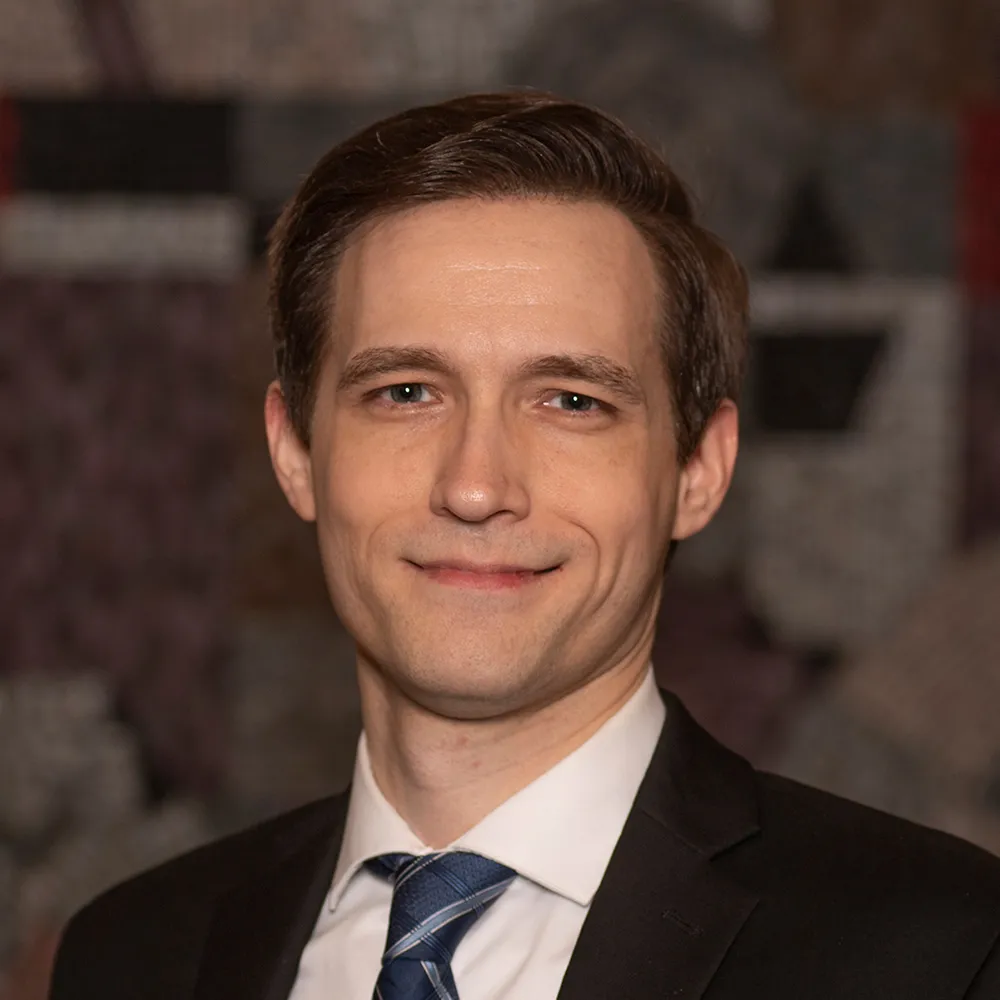
David Burghoff
University of Texas at Austin
-
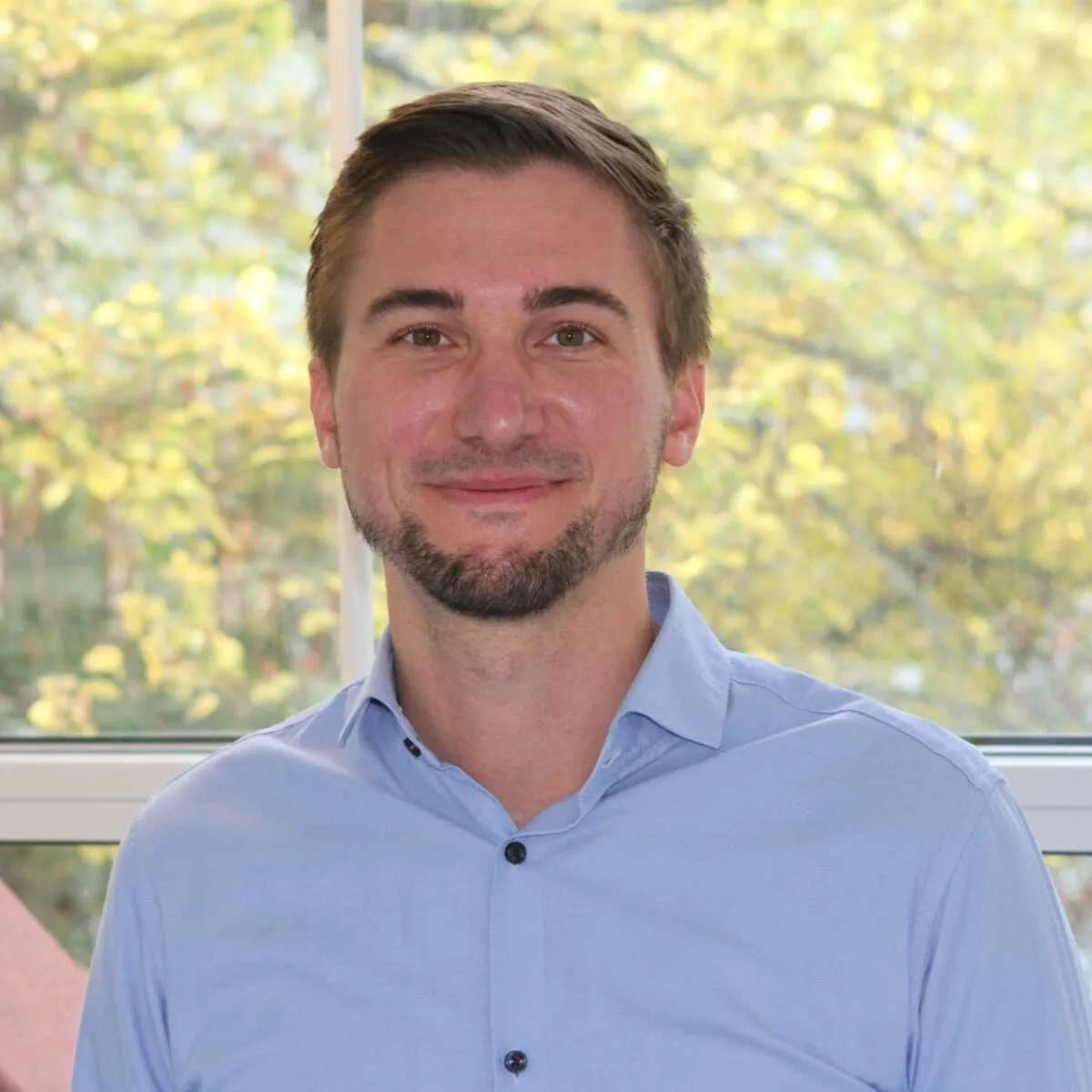
Tom Seifert
Freie Universität Berlin
-
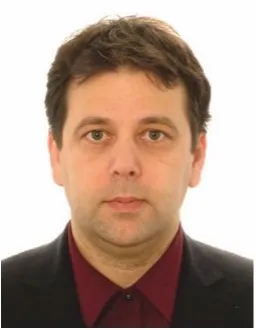
Alvydas Lisauskas
Institute of Applied Electrodynamics and Telecommunications, Vilnius University
-
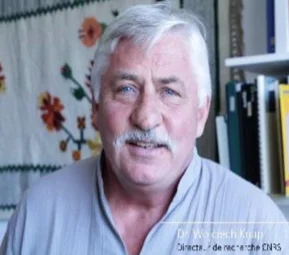
Wojciech Knap
Warsaw University Technology and Polish Academy of Sciences
-

Agnieszka Siemion
Warsaw University of Technology
-
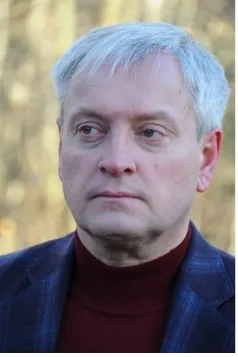
Gintaras Valušis
Center for Physical Sciences and Technology (FTMC)
Speakers
Place and time
Sign up
Lecture topics and speakers
Take part in a series of lectures
FAQ
Documents
-
Poster
-
Poster (Polish version) – to print
CMYK
-
Poster (Polish version) – to be displayed
RGB
-
Poster (English version) – to print
CMYK
-
Poster (English version) – to be displayed
RGB
-
-
GDPR
-
Information on the processing of personal data of persons participating in Candela Open Lectures
-
